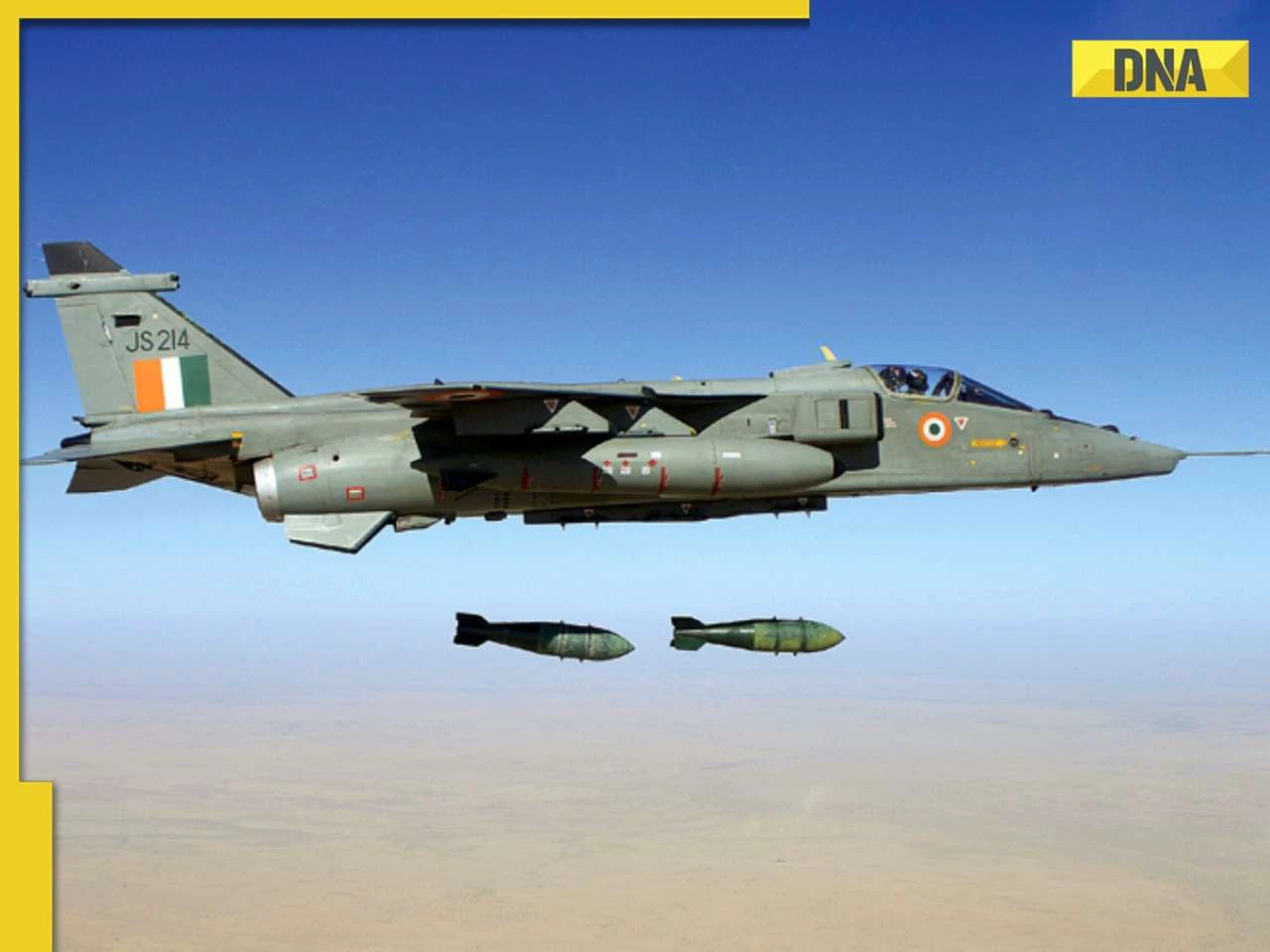The Anglo-French SEPECAT Jaguar will become the oldest fighter jet in the Indian Air Force (IAF) fleet, after IAF retires its last remaining MiG-21 squadron by the end of 2025. Currently, the IAF is the only operator of this low-altitude, maritime strike aircraft, capable of flying at high speeds while hugging the earth’s curvature.
A proven war machine
The Jaguar, also known as “Shamsher” (meaning “Sword of Justice” in Persian), has completed 45 years of service in the IAF. Despite being involved in a recent crash that resulted in the loss of a pilot, the Jaguar’s capabilities have been consistently underestimated by its adversaries. However, the aircraft has proven itself to be a valuable asset in various military operations.
How dangerous is Jaguar fighter jets for enemies?
The Jaguar has a “low-low-low combat radius of action” of 350 nautical miles (650 kilometers), making it one of the best strike aircraft in its class. Developed in the 1960s, the SEPECAT Jaguar is a single-seater, swept-wing, twin-engine, transonic attack aircraft. Its trainer variant is a twin-seater configuration.
Jaguar fighter jets can carry a variety of weapons, including anti-tank missiles, guided bombs, and free-fall munitions, which makes it suitable for direct support of ground forces.
The Jaguar’s role in the IAF’s strategy has often been questioned. However, during the 2019 Balakot airstrikes, the Jaguar played an important role in diverting Pakistani F-16s away from the target area. The aircraft’s capabilities were showcased when it flew alongside Su-30MKIs, pretending to attack Bahawalpur, Pakistan, and successfully luring F-16s away from the actual target.
Jaguar’s development and service history
The SEPECAT Jaguar was developed in the 1960s as a joint British-French project. The aircraft was designed to meet the requirements of both countries, with the British needing a supersonic jet trainer and the French requiring a cheap, subsonic dual-role trainer and light attack aircraft. The Jaguar has served with the French Air Force, Royal Air Force, and Royal Air Force of Oman, but only the Indian Air Force continues to operate it as of 2025.
Operational history
The IAF operates around 120 Jaguars across six squadrons. The aircraft has been involved in several key military operations, including:
1. Operation Meghdoot (1984): The Jaguar’s altitude-friendly navigation and strike systems helped India secure the Siachen Glacier.
2. Kargil War (1999): The Jaguar played a crucial role in reconnaissance and high-altitude precision targeting.
